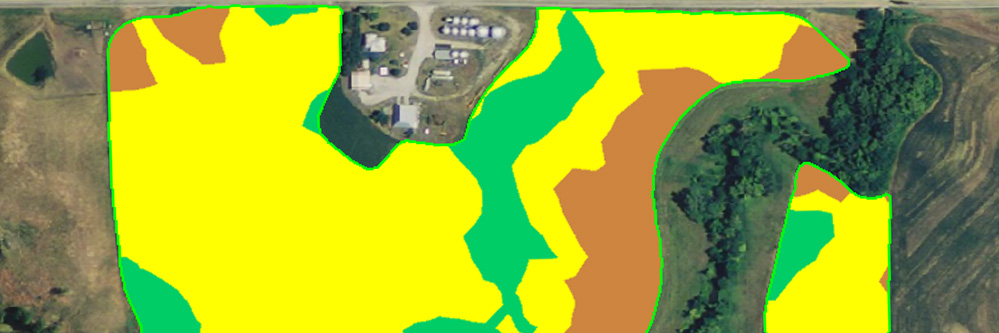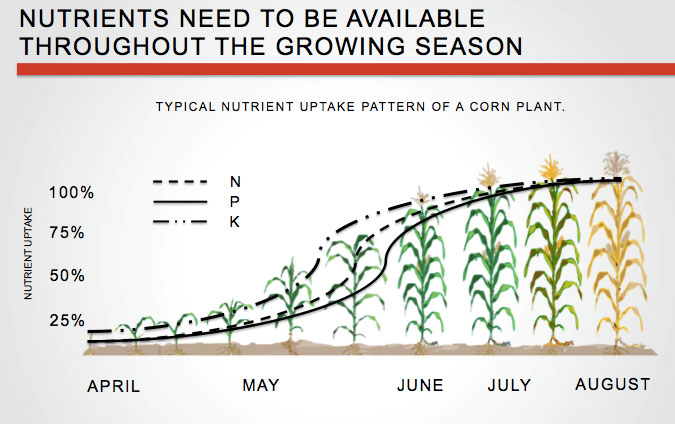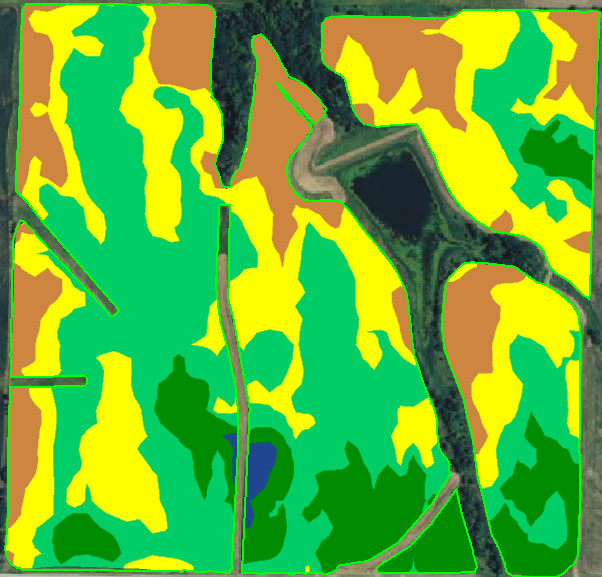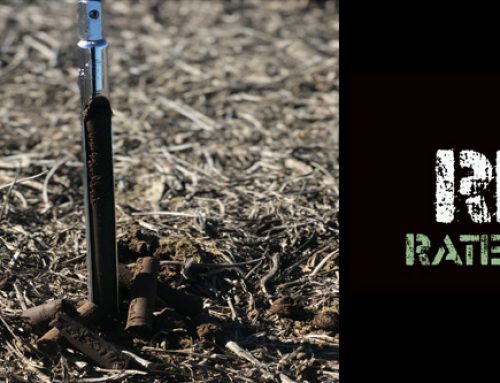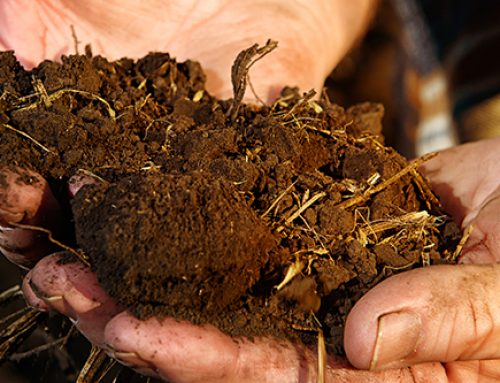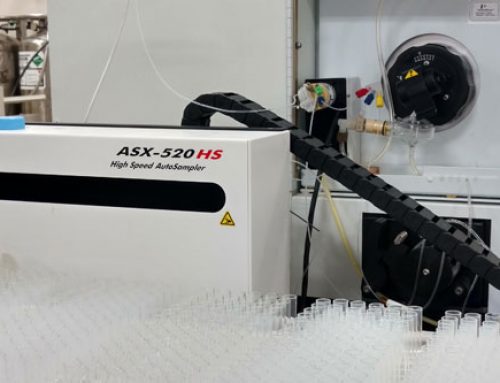Risk management appears to top the list of reasons. Weather causes uncertainty, which leads to questions about nitrogen movement. Nitrogen (N) losses and nitrogen use vary with the weather. Many areas this spring were wetter than normal, so growers ask where did the nitrogen go? Do I have enough N remaining in that field to maximize yield? Farmers need to make sure they don’t short this crop but they also don’t want to waste money either. If you received excess moisture, double checking your nitrogen plan is a good idea.
Recently, we’ve been testing various nitrogen models. Nitrogen models are computer programs that estimate the nitrogen cycle (Image 1). These programmed models are new to the ag market, but the principles behind them have been practiced for decades.
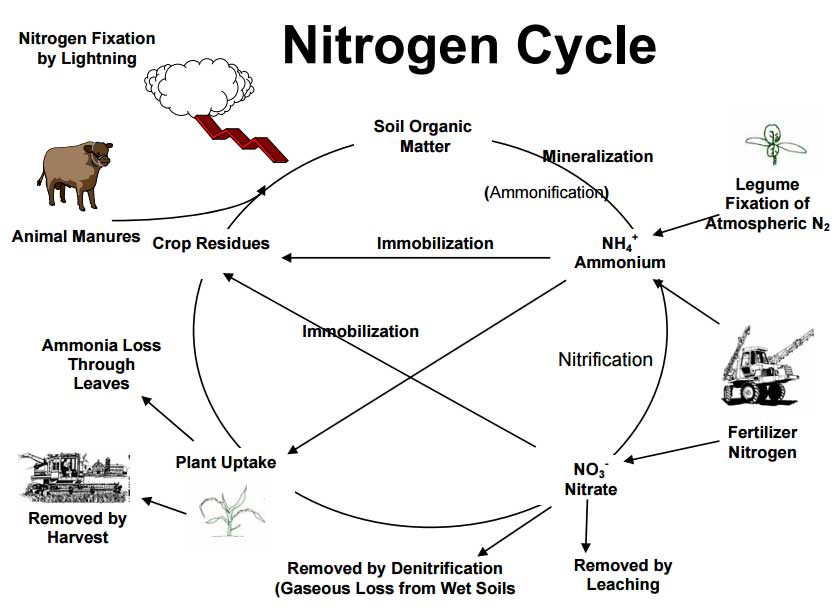
Image 1. Credit: Nitrogen, Kansas State University, Department of Agronomy
A nitrogen model can be as simple as:
Fertilizer Nitrogen to apply for any period = Nitrogen crop uses during that period – Nitrogen coming from the soil + Nitrogen Lost to Environment (leaching for example)
There are a number of additional variables that have to be considered: temperature, soil organic matter, plant growth stage, nitrogen uptake, and application timing to name a few. But by knowing the field, local environment and having a plan, a nitrogen model can be created.
When managing nitrogen, it is wise to build a plan that encompasses the full season’s nitrogen use. In-season nitrogen applications work well and ought to be pro-active as well as re-active. In other words, by having a plan, one can be prepared for a split application of nitrogen via fertigation or top-dress. Next year, for those that have a wet spring again, you can bet a top dress nitrogen application will be incorporated into the plan.
Corn uses little nitrogen at the beginning of its life, but as the plant grows rapidly, so does its use of nitrogen. To sustain the rapid growth and maximize yield there has to be nitrogen present during those growth periods. If adequate nitrogen is not present, the result is lower yield potential.
Spoon feeding nitrogen as it’s often referred to is targeting nitrogen applications in small doses to maximize crop uptake. The timing of those doses corresponds to the periods of rapid nitrogen uptake during the growing season. Fertigation and top dress applications are great ways to put nitrogen where you want it when it’s needed most. Nitrogen management starts with soil tests after the previous crop is harvested and needs to continue through the entire growing season.
So, how should a “practical” nitrogen model work?
Once you have collected all this base information: total nitrogen required to attain the yield goal, timing to maximize efficiency, and a plan to deal with excessive moisture, it is time to start looking at other layers of information. Data such as soil texture mapping, NDVI images, a yield map or even an elevation map will help guide you toward the big question – how much nitrogen is necessary to deal with the variability, and where should I put it?
Below is an example of how soil texture mapping can show the variability within a field.
Having an experienced agronomist helping with these decisions assures that the nitrogen model used makes sense. Strictly relying on an algorithm to come up with how much nitrogen is necessary is not the best management practice. Ultimately, the eyes of an experienced agronomist have to verify that the amounts recommended will give the field the best chance to return a benefit. Allow the data layers to do their thing, but then add an agronomist’s experience to assure success.
There are many corn nitrogen models being sold out there right now. They are returning a black box number, and the price for these services is significant. At Crop Quest, we offer sound, comprehensive solutions to your nitrogen fertilizer needs. We utilize all the information available to us to make sure the dollars you spend on nitrogen are put where, and when you need them to give you the greatest return.
We follow this same philosophy with all your nutrient needs. Models can be used for all nutrients, when you have the proper information and data. So, whether you are fertilizing a whole field, or want to take advantage of the variability in your fields, we have the means necessary to help you manage all your fertility needs.
